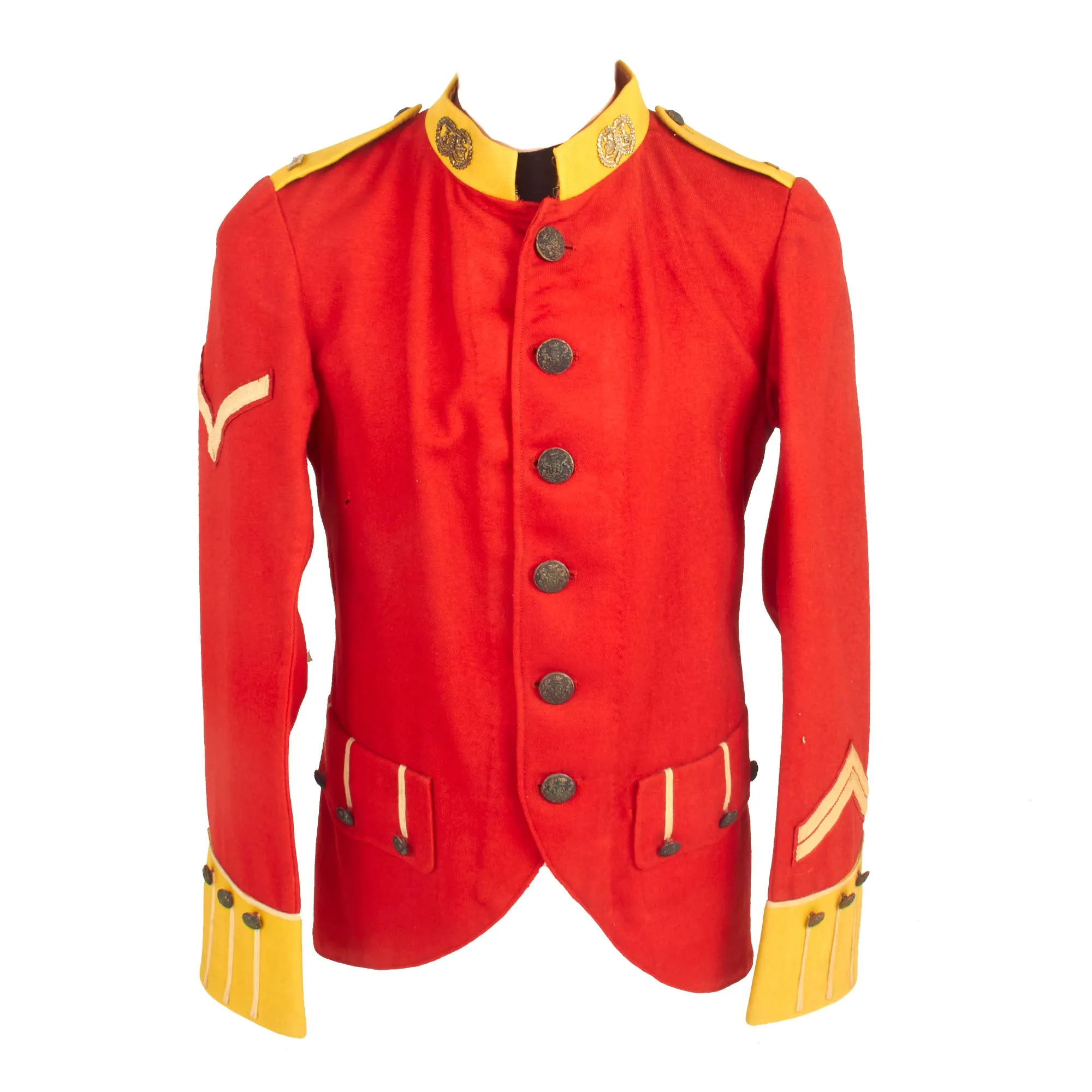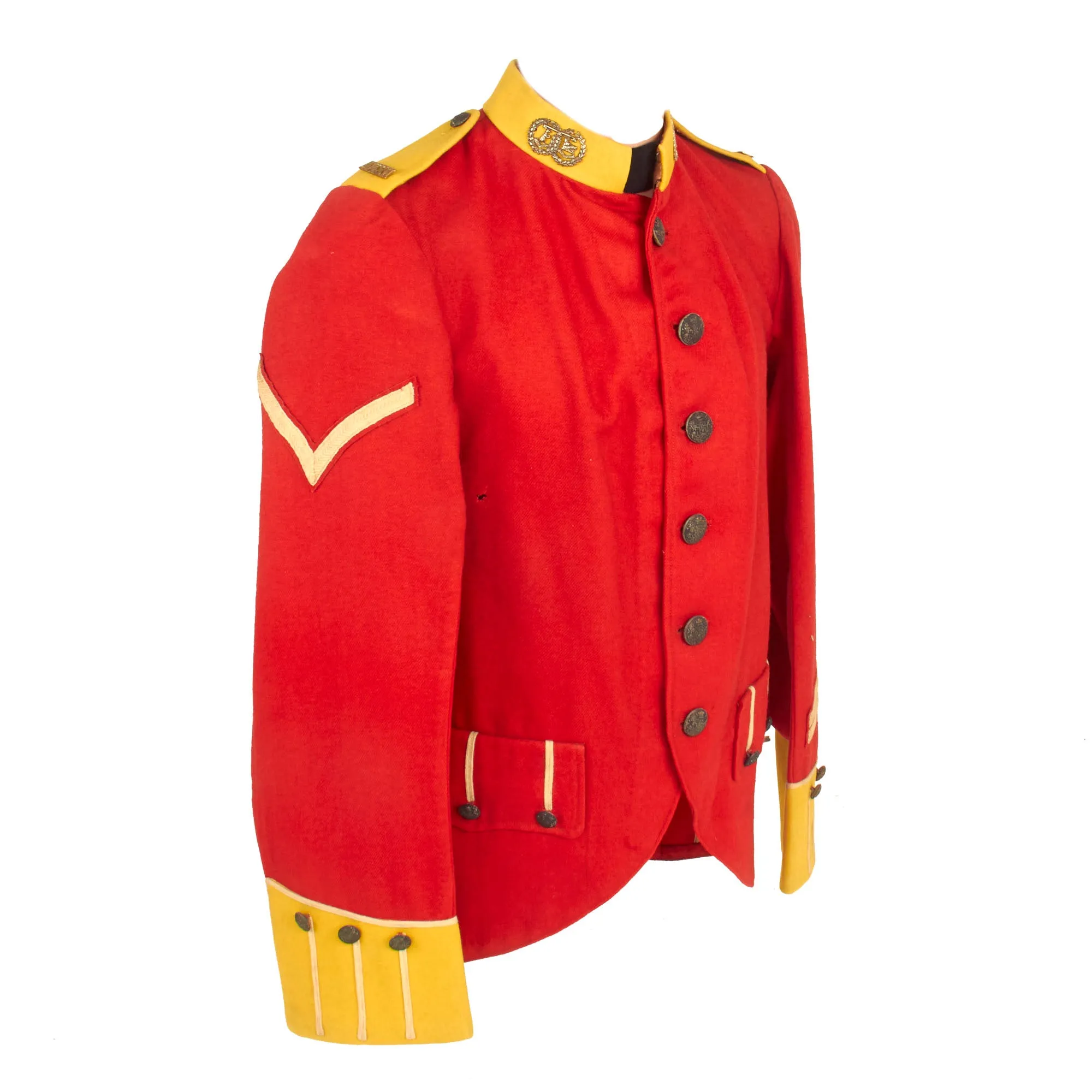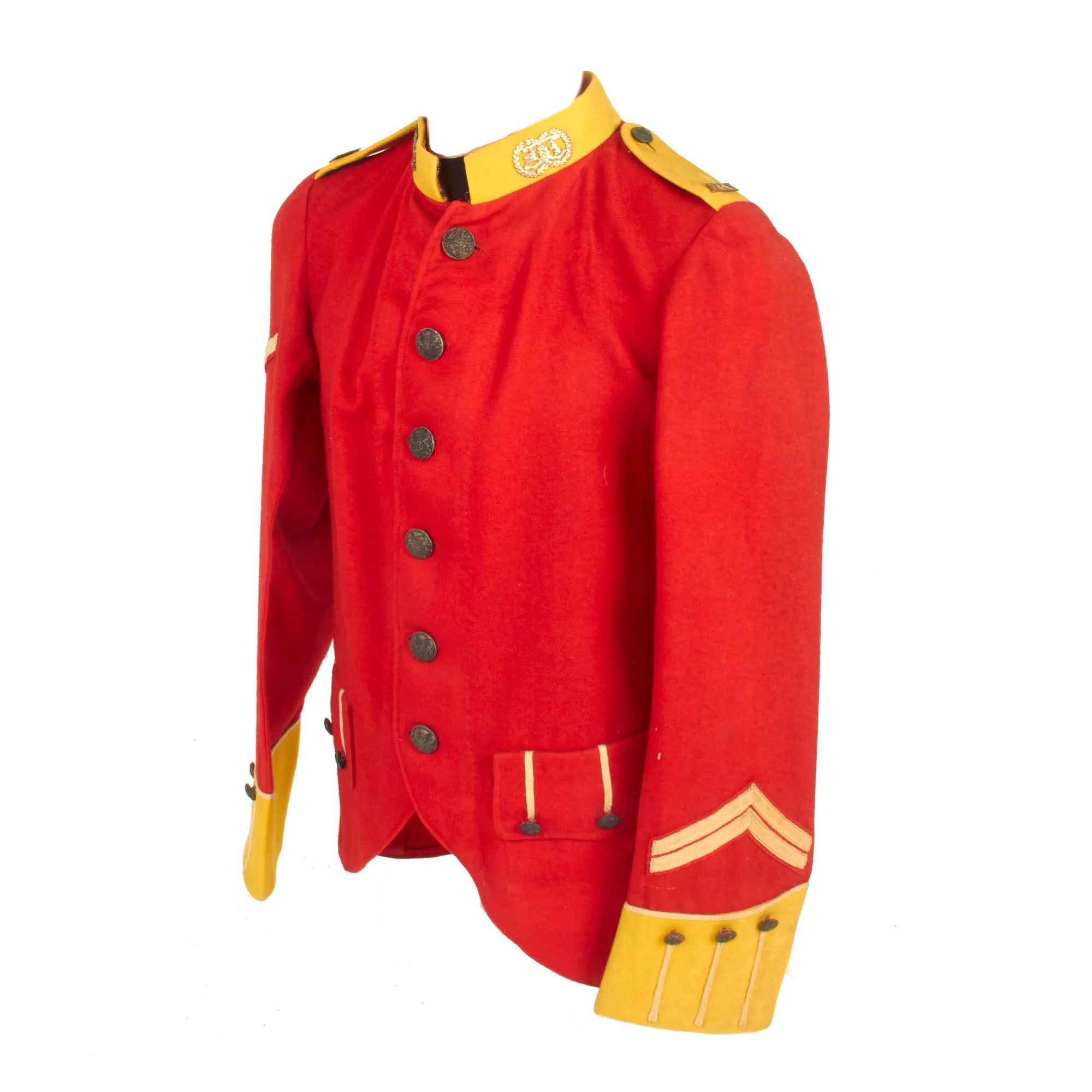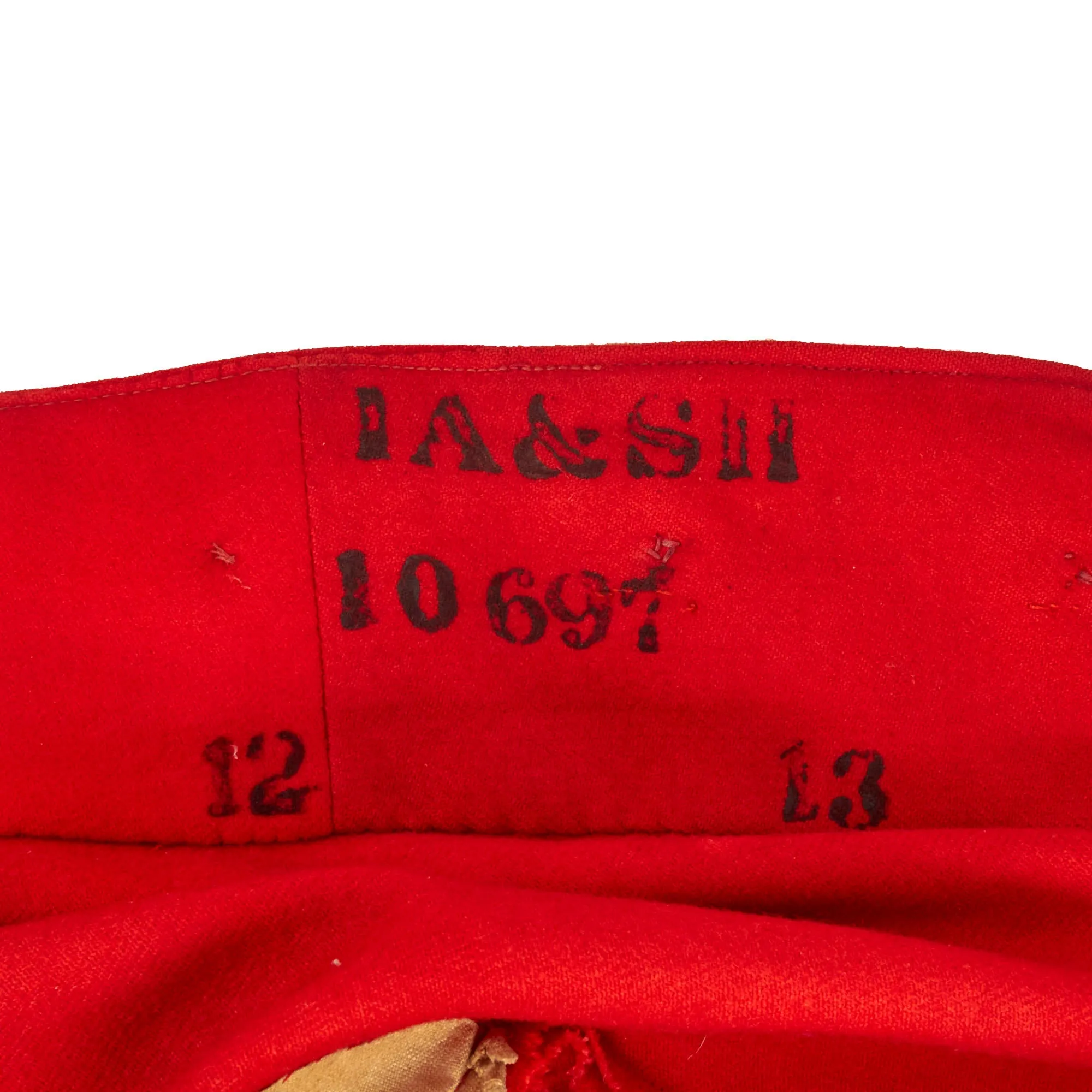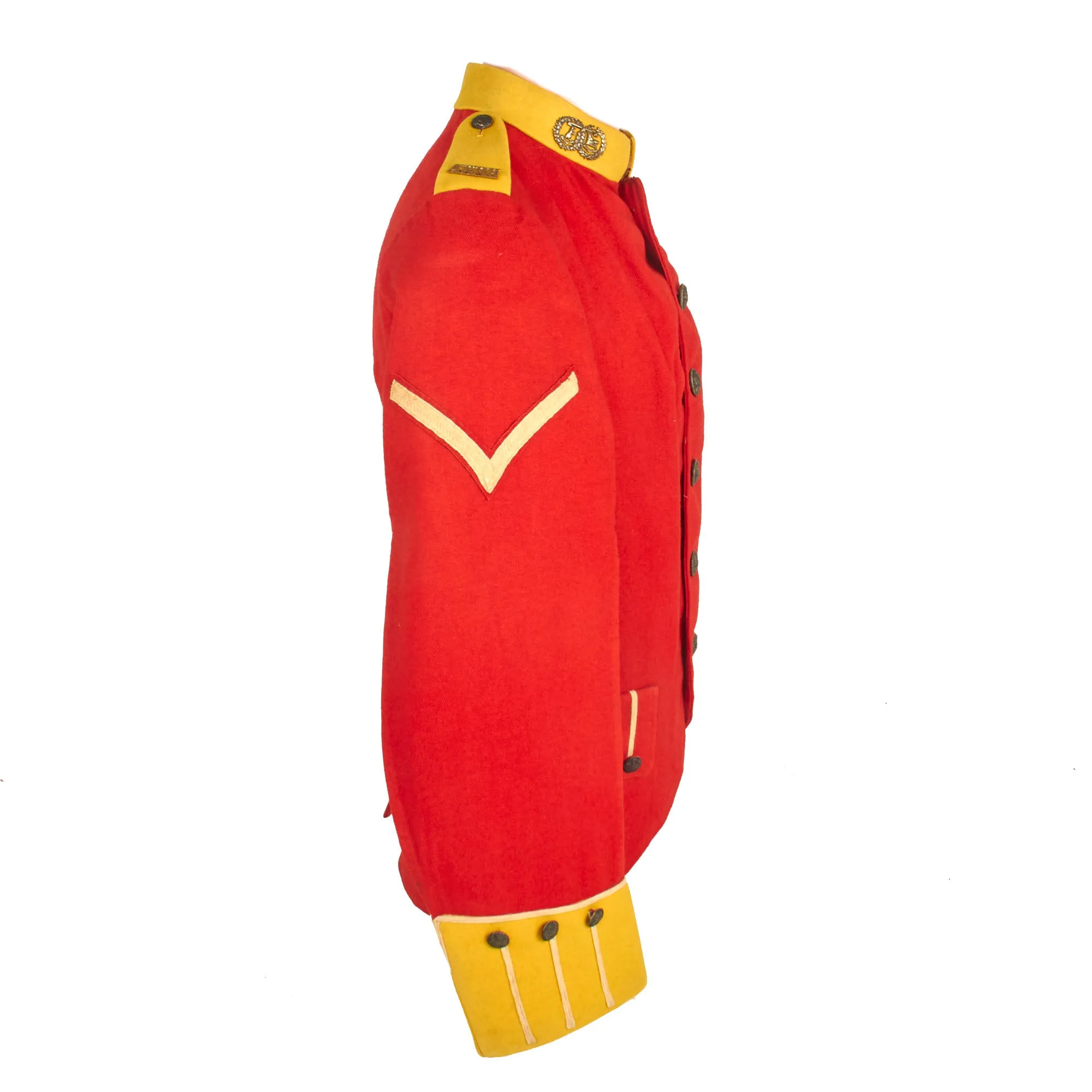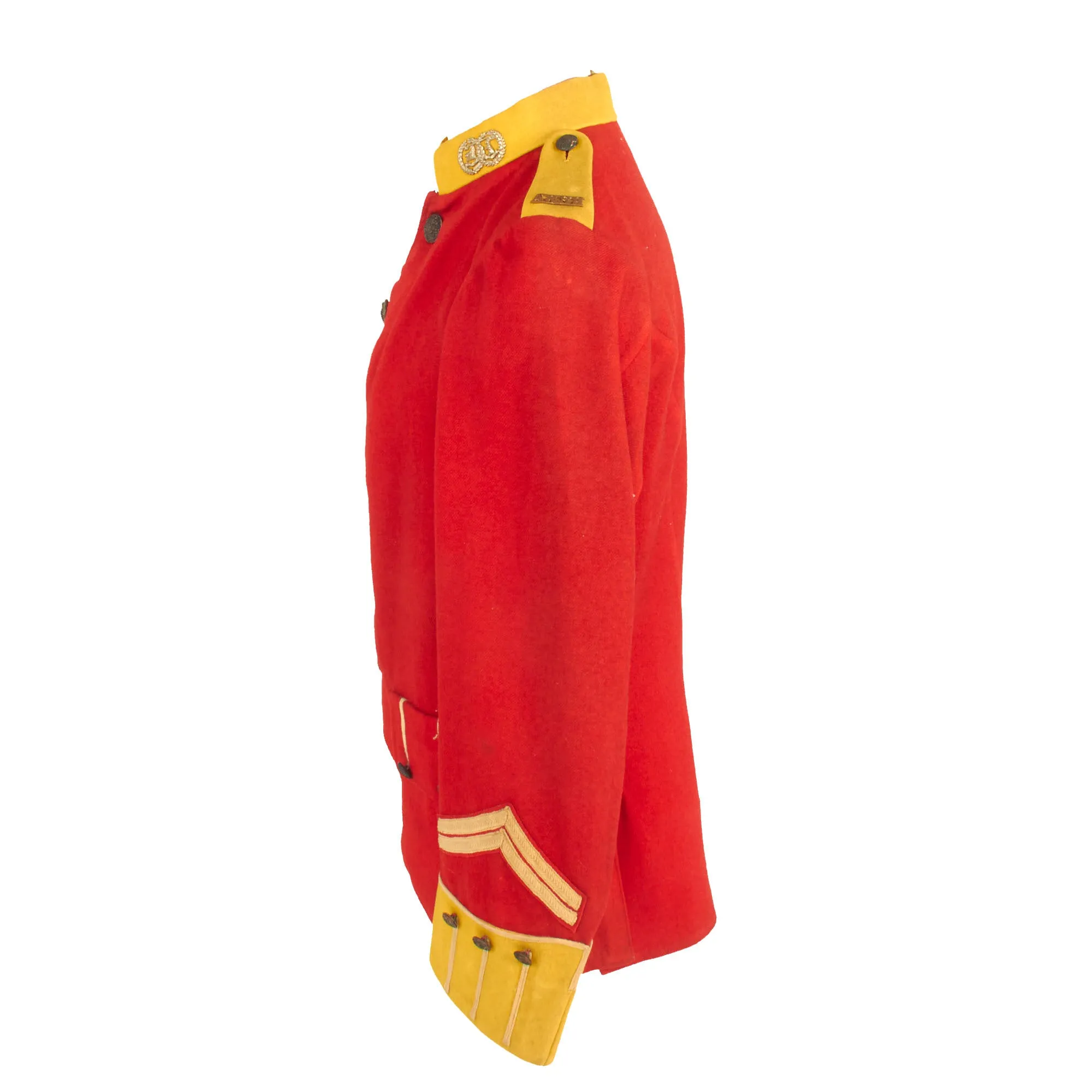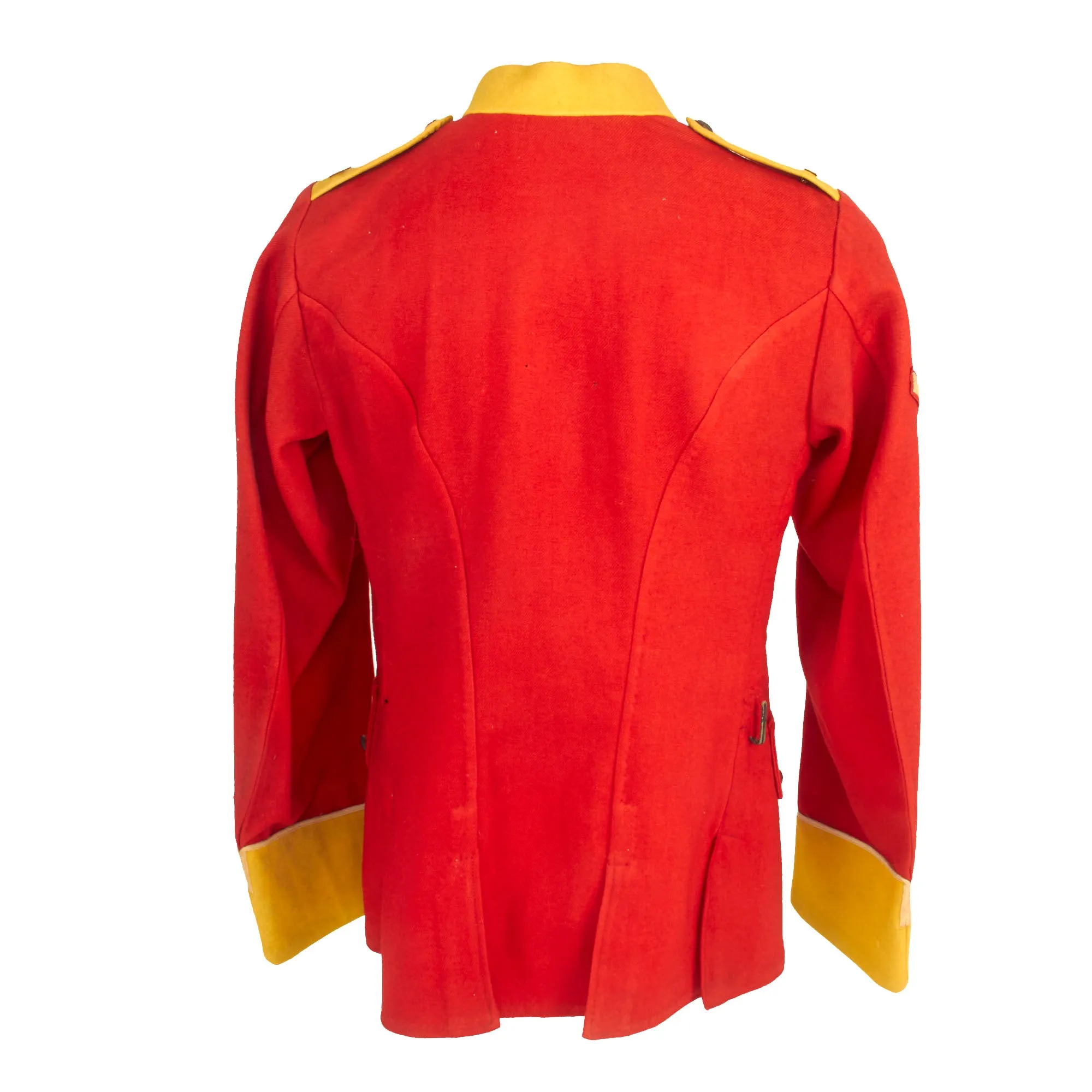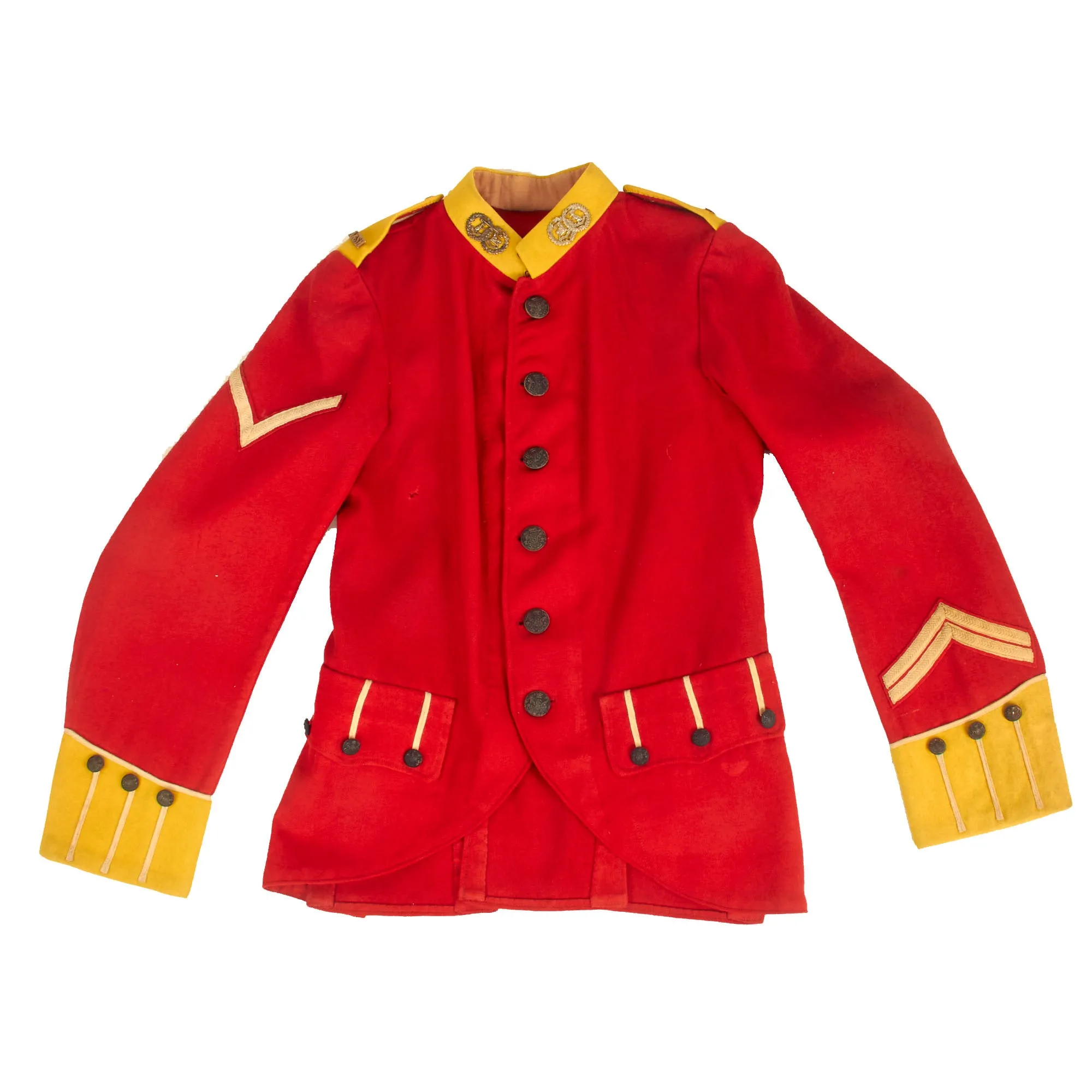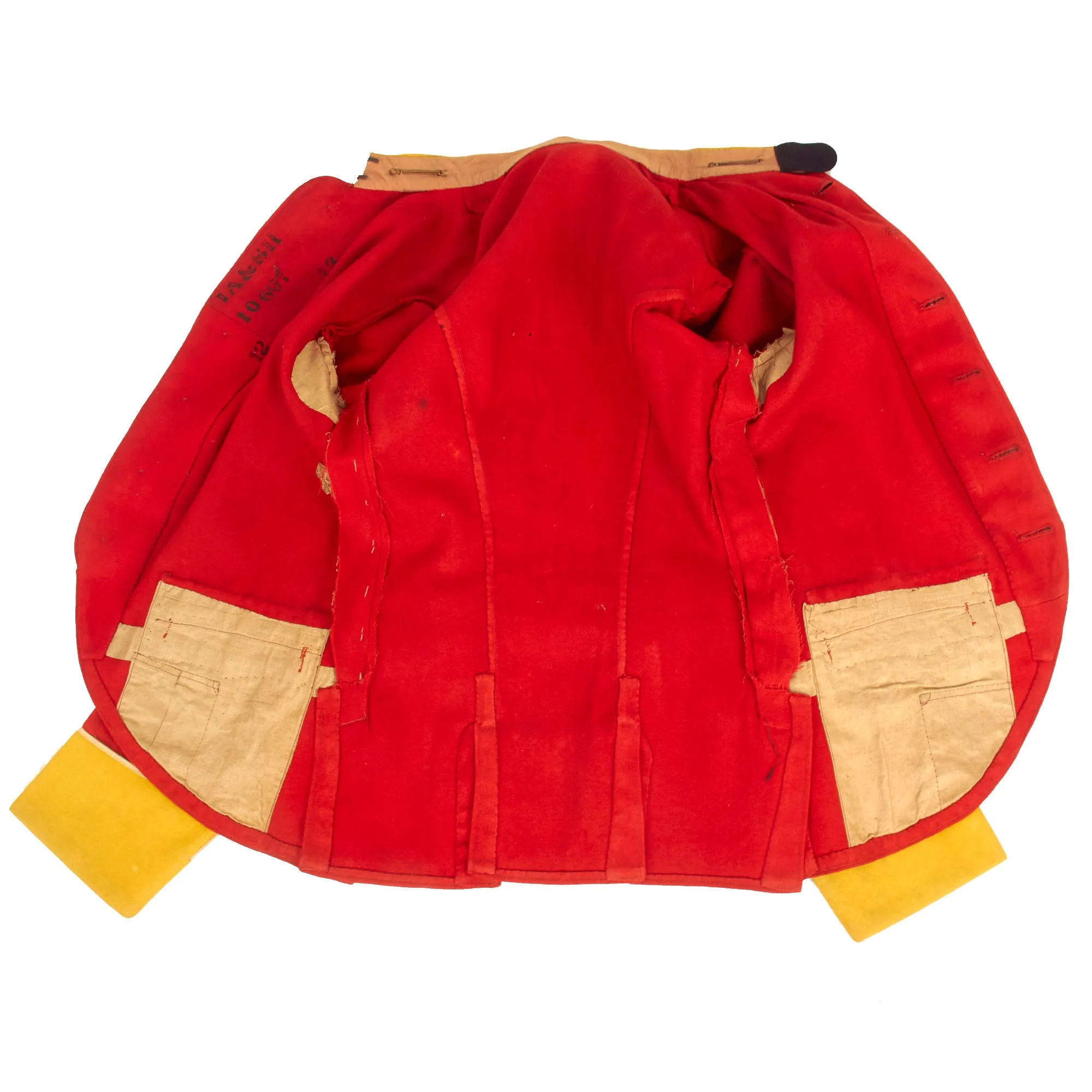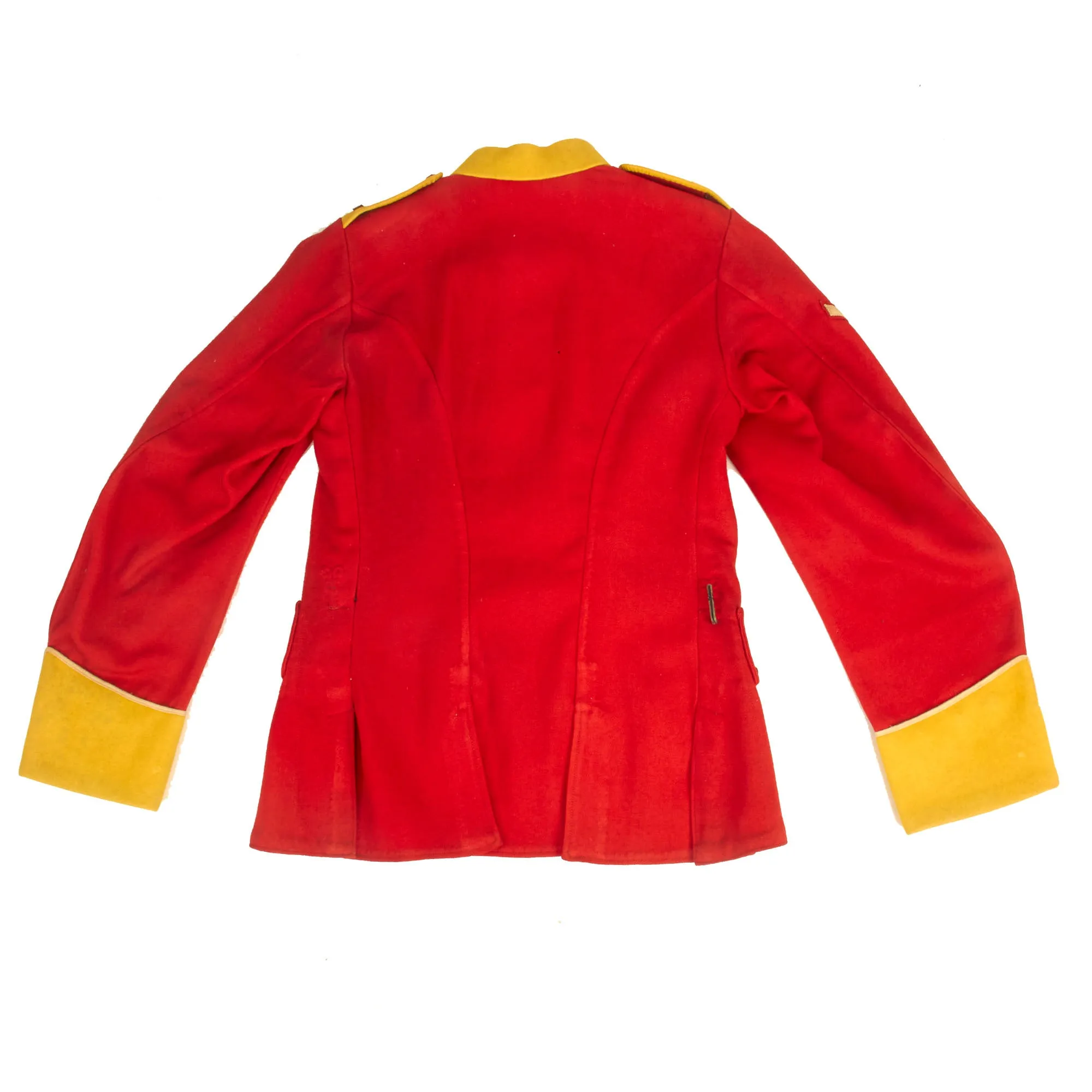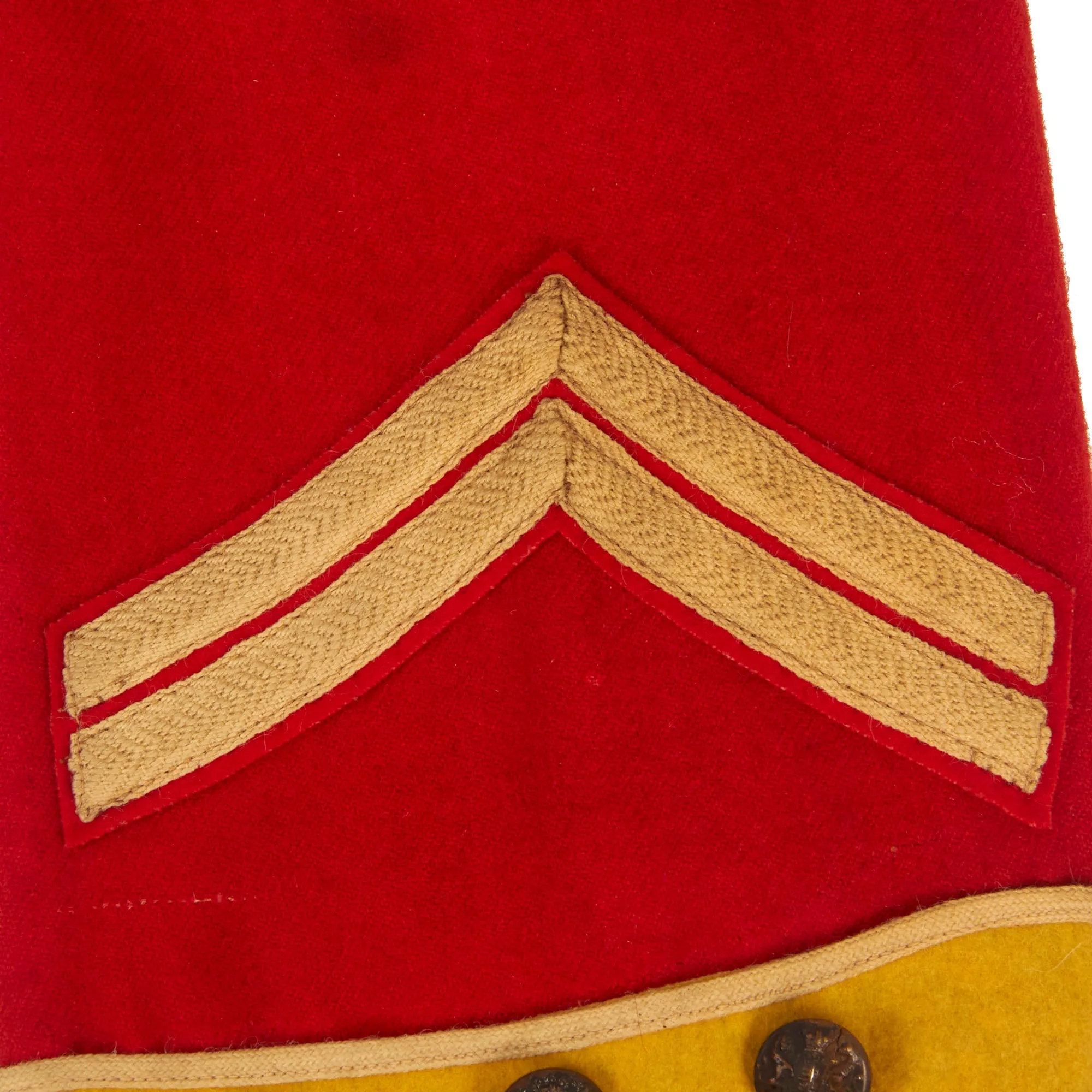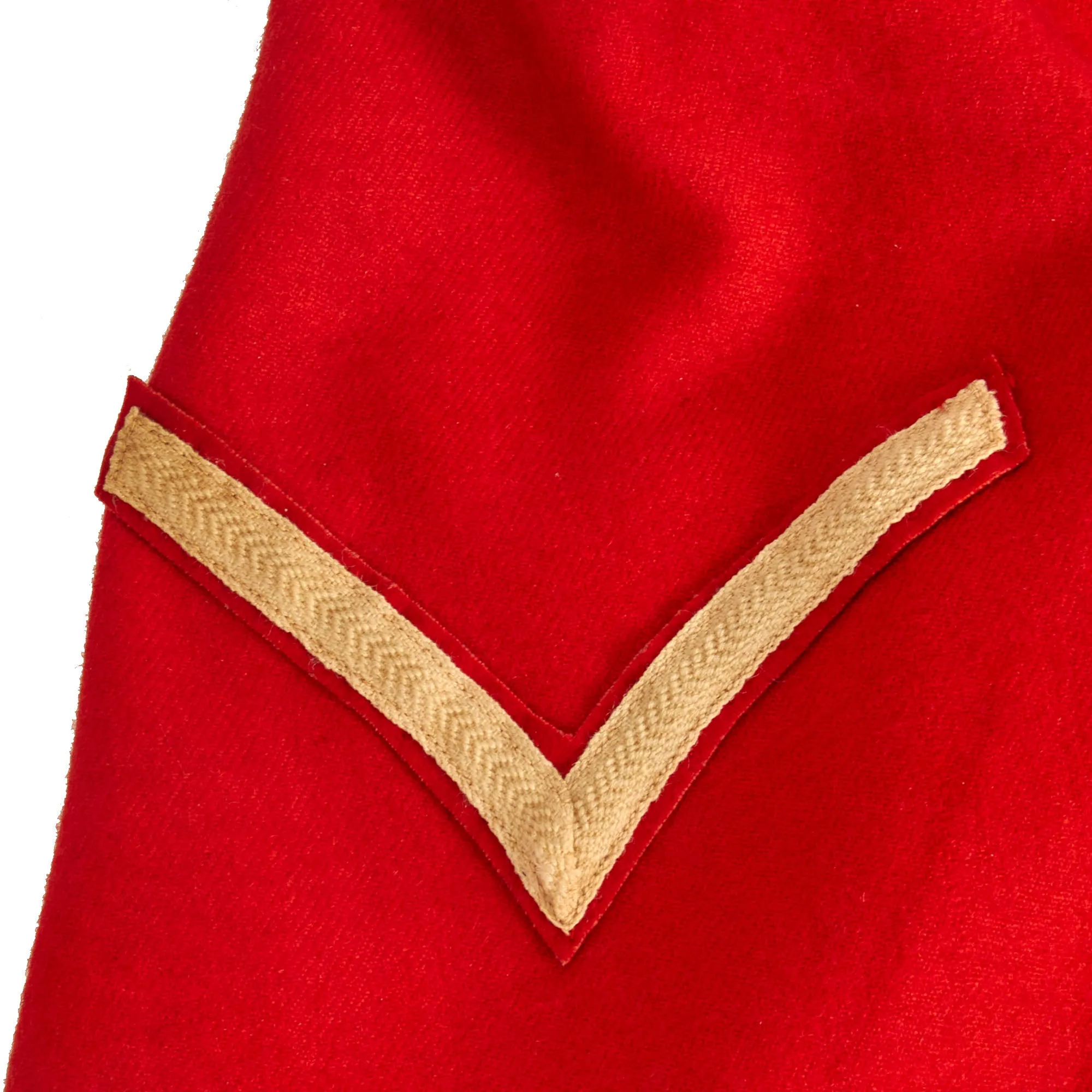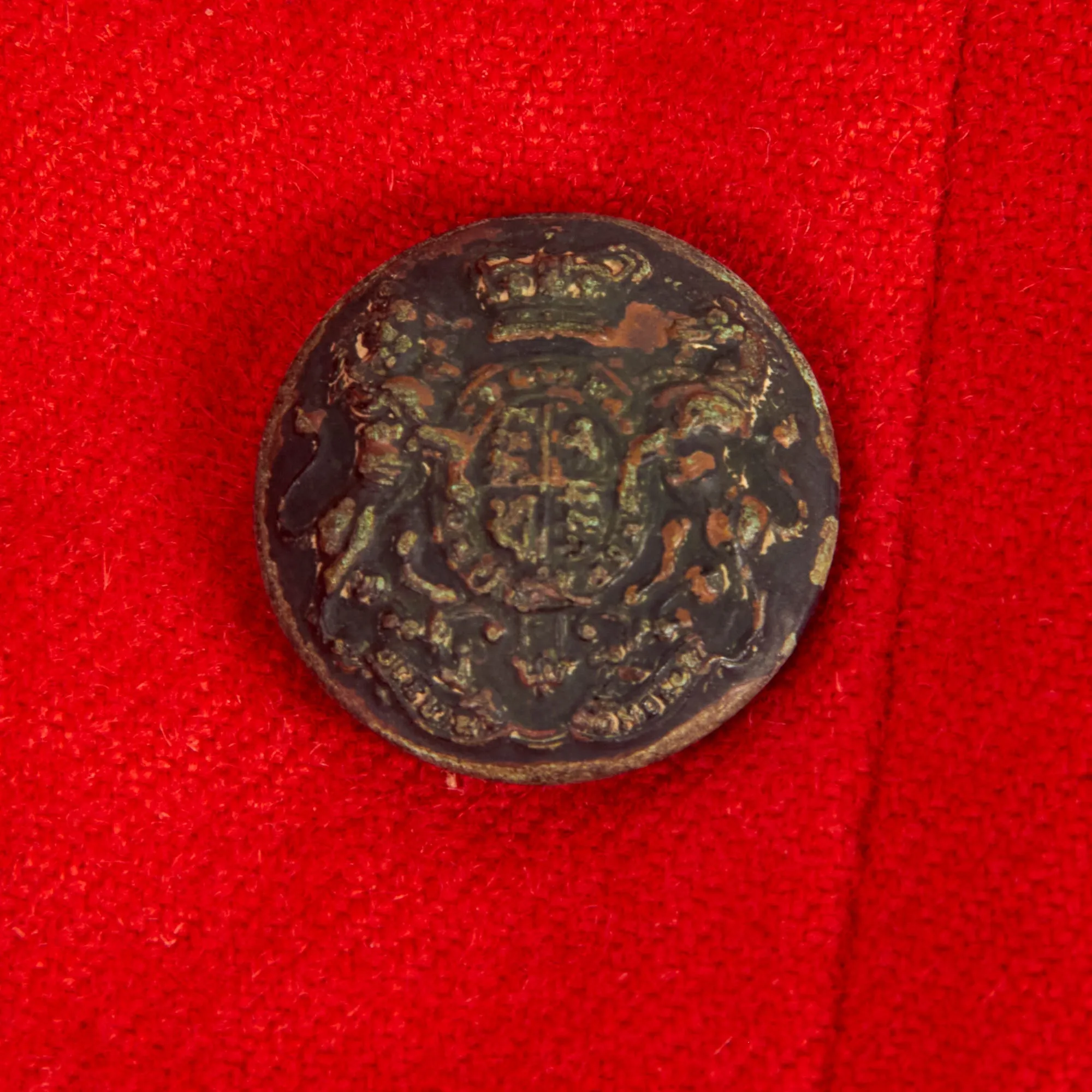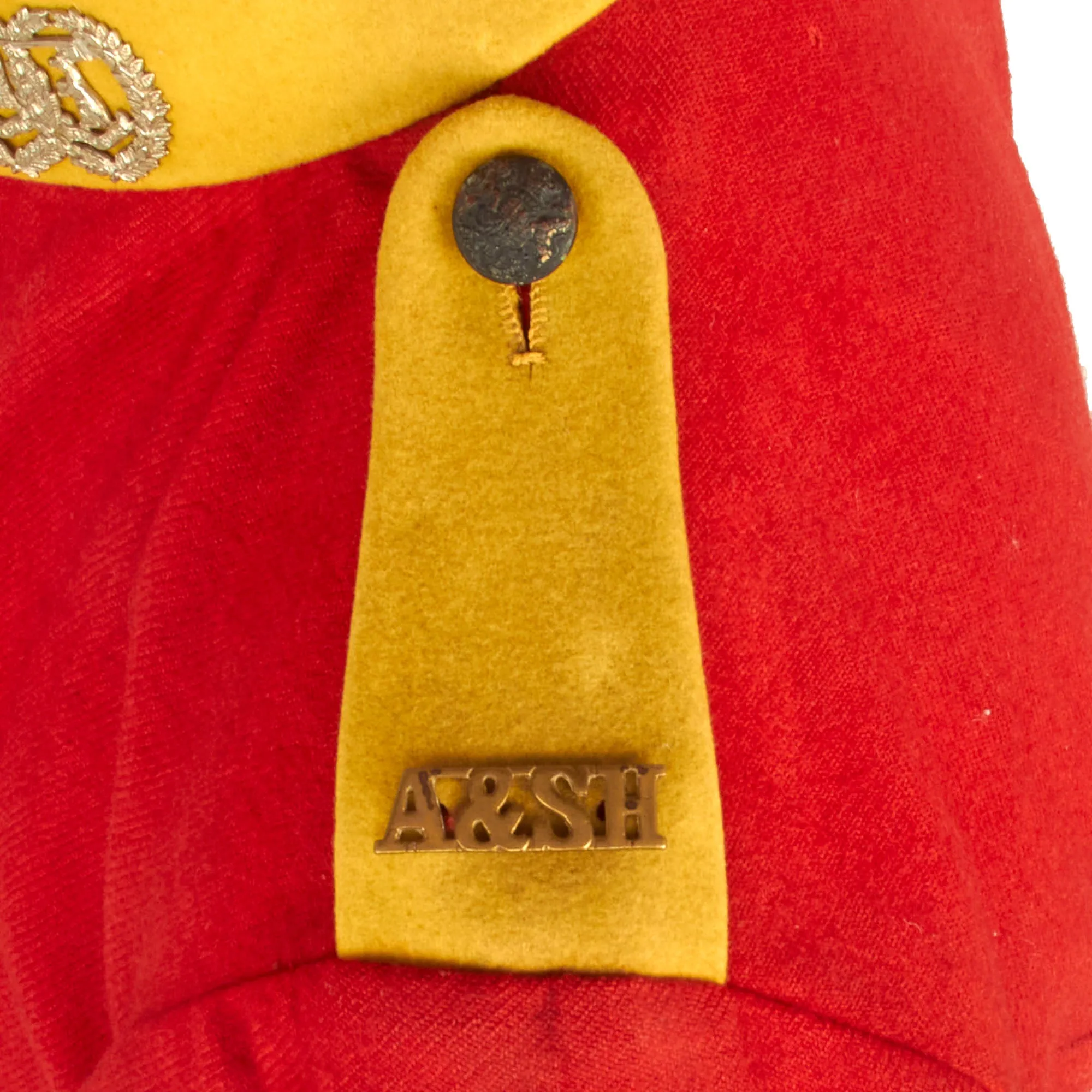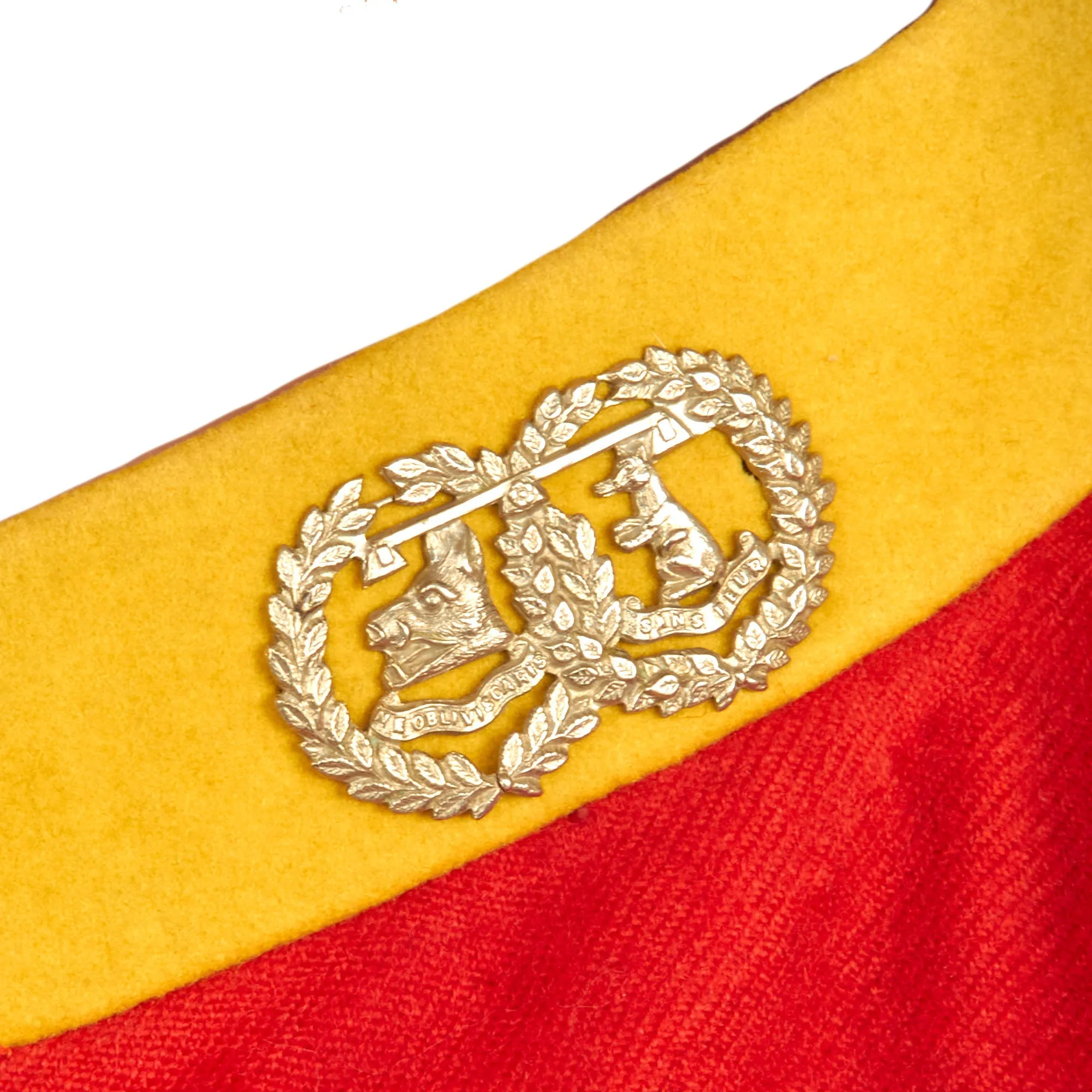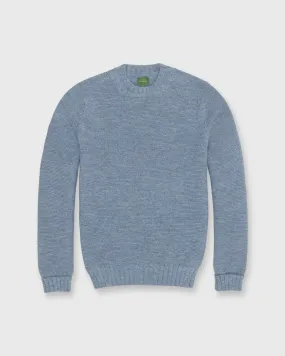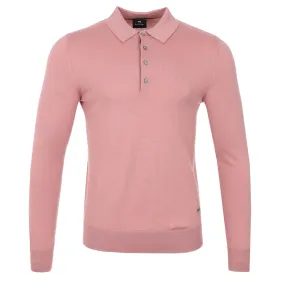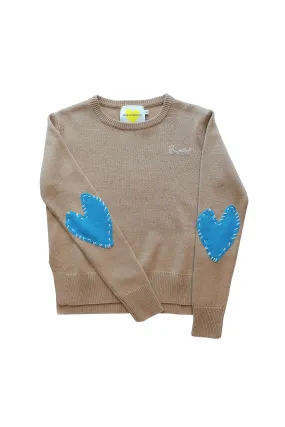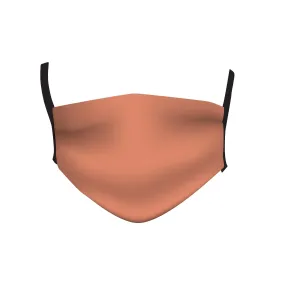Original Items: Only One Set Available. Red coat (also spelled as "redcoat") or scarlet tunic was a military garment used widely, though not exclusively worn, by most regiments of the British Army, Royal Marines, and some colonial units within the British Empire, from the 17th to the 20th centuries. The scarlet tunic continues to be used into the 21st century, with several armed forces of the Commonwealth of Nations adopting them as their full dress and mess dress uniforms. The uniform and term "redcoat" may have originated in 16th century Tudor Ireland as a derogatory term for the British, as British soldiers in Lord Lieutenant of Ireland's army wore red coats, the first time English and Scottish soldiers under English command and later British collectively had a red uniform. The term was then brought to America and Europe by Irish emigrants.
From the mid-17th century to the 19th century, the uniform of most British soldiers (apart from artillery, rifles and light cavalry) included a madder red coat or coatee. From 1873 onwards, the more vivid shade of scarlet was adopted for all ranks, having previously been worn only by officers, sergeants and all ranks of some cavalry regiments.
The tunic is a fine example of a scarlet coat and is constructed of kersey wool without a lining. The coat is secured by 6 General Service buttons with matching buttons on the shoulders and breast pockets. There are no markings or stamps present.
This is a wonderful set with great research potential. Comes more than ready for display.
The Argyll and Sutherland Highlanders (Princess Louise's) is a light infantry company (designated as Balaklava Company, 5th Battalion, Royal Regiment of Scotland) and was a line infantry regiment of the British Army that existed from 1881 until amalgamation into the Royal Regiment of Scotland on 28 March 2006.
The regiment was created under the Childers Reforms in 1881, as the Princess Louise's (Sutherland and Argyll Highlanders), by the amalgamation of the 91st (Argyllshire Highlanders) Regiment of Foot and 93rd (Sutherland Highlanders) Regiment of Foot, amended the following year to reverse the order of the "Argyll" and "Sutherland" sub-titles. The Argyll and Sutherland Highlanders was expanded to fifteen battalions during the First World War (1914–1918) and nine during the Second World War (1939–1945). The 1st Battalion served in the 1st Commonwealth Division in the Korean War and gained a high public profile for its role in Aden during 1967.
As part of the restructuring of the British Army's infantry in 2006, the Argyll and Sutherland Highlanders were amalgamated with the Royal Scots, the King's Own Scottish Borderers, the Royal Highland Fusiliers (Princess Margaret's Own Glasgow and Ayrshire Regiment), the Black Watch (Royal Highland Regiment) and the Highlanders (Seaforth, Gordons and Camerons) into the seven battalion strong Royal Regiment of Scotland. Following a further round of defence cuts announced in July 2012 the 5th Battalion was reduced to a single light infantry company called Balaklava Company, 5th Battalion, Royal Regiment of Scotland, (Argyll and Sutherland Highlanders).
Approximate Measurements:
Collar to shoulder: 9
Shoulder to sleeve: 27
Shoulder to shoulder: 15.5
Chest width: 18
Waist width: 17.5
Hip width: 21
Front length: 29




